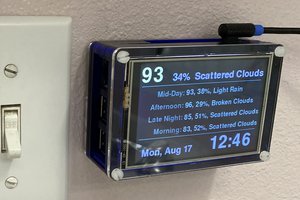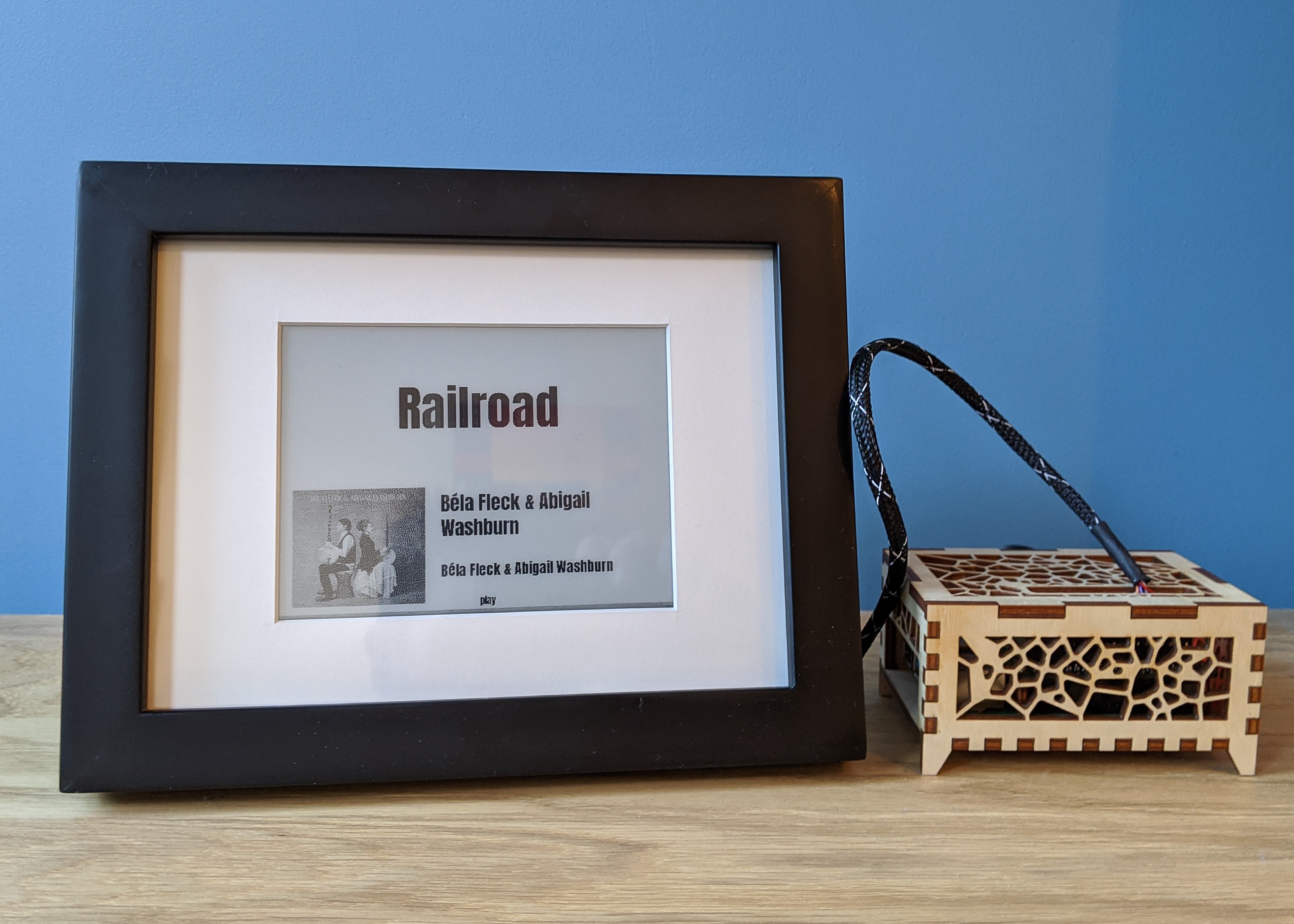
My Logitech SqueezeBox has been doing it's job since 2006 when I bought it second hand from e-bay. Come to think of it, I think it might have been the first thing I ever bought from e-bay.
In the intervening fourteen years, it has yet to let me down. Unfortunately, the monochrome matrix LED display is getting a bit dim and hard to read. Considering it's been displaying music or the time for over 120,000 hours, I have absolutely nothing to complain about.
I'm not ready to cast it to the curb quite yet, but I'd like to have a replacement ready when it finally gives up. To that end I wanted to build a replacement that did the following:
- Worked with the Logitech Media Server
- Had a high-contrast and low power display
- Played music over RCA cables
- Looked reasonably nice in our living room
From this SlimPi was born!
SlimPi requires only a few minimal parts to get a display up and running:
- SlimPi
- Raspberry Pi 4 2GB Memory running Raspbian Buster or newer
- WaveShare e-Paper 5.83" display or similar
- Any WaveShare e-paper HAT SPI display should work
- Logitech Media Server running on the local network
- HiFiBerry DAC+ Pro optional
- Laser-cut, custom designed case optional
- Repurposed Picture Frame optional
SlimPi has been tested and runs great on a Pi 4, but a Pi 3 should work just fine. Any WaveShare e-Paper HAT based display should work with SlimPi in monochrome mode. Color is not supported at this time. The WaveShare python libraries are full of surprises and some features between each module are not entirely compatible.
The HiFiBerry components are not necessary for SlimPi to work as a display, but add music playback functionality.
Build and install instructions for SlimPi can be found over at Git Hub.
Check the instructions here for help and troubleshooting.
 Aaron Ciuffo
Aaron Ciuffo



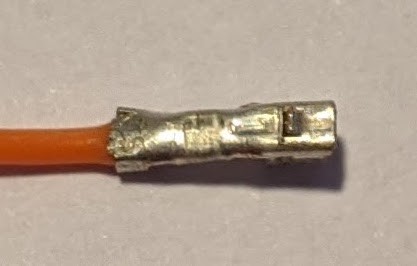
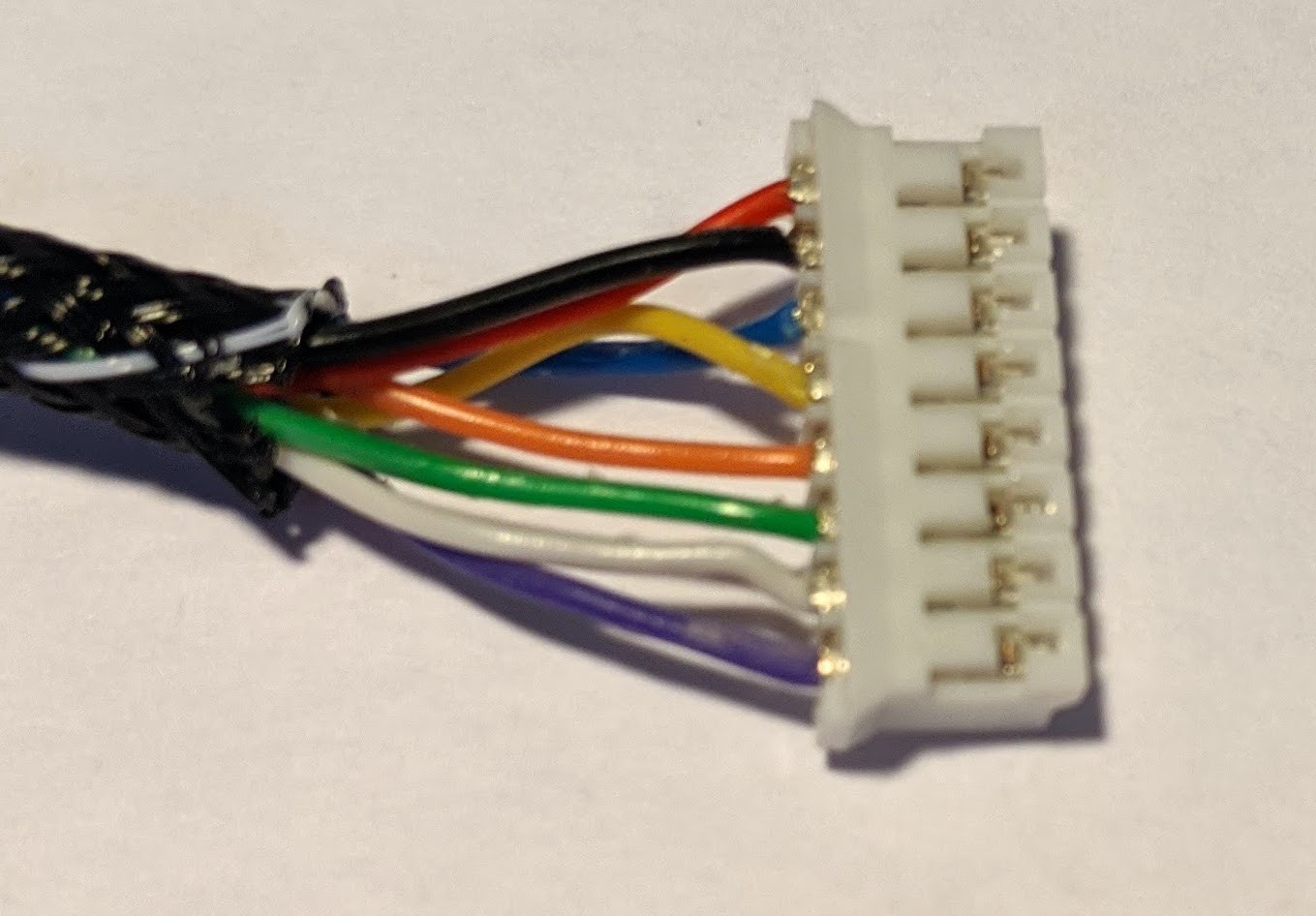
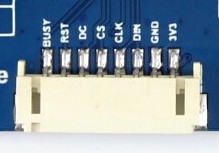

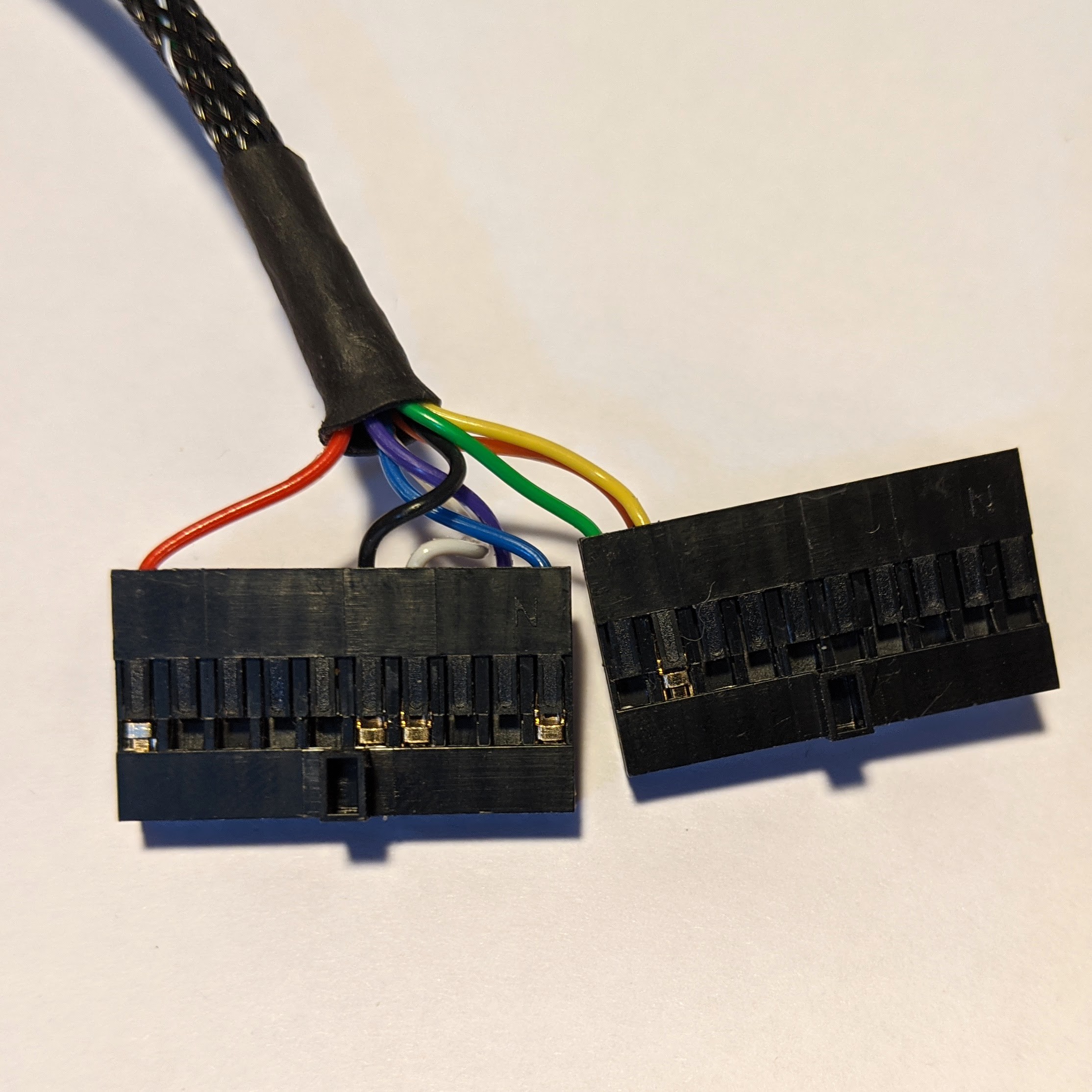
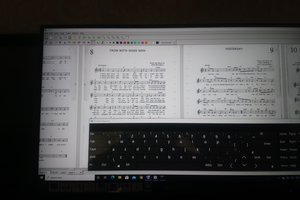
 dave
dave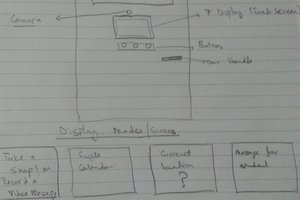
 shamylmansoor
shamylmansoor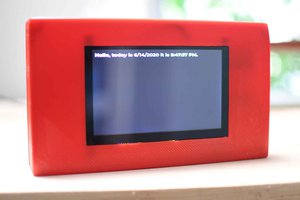
 Travis Bumgarner
Travis Bumgarner